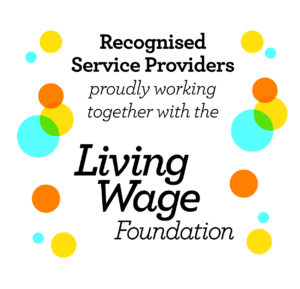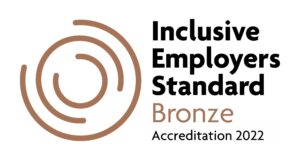Road Safety Week is an annual campaign, organised by Brake, the road safety charity. Every year, thousands of communities, schools and companies get involved to shout out for road safety where they live and work.
Why is Road Safety Week important?
- Five people die on UK roads every day
- Every day, six children are killed or seriously injured on UK roads
- Every year, more than 1500 people are killed on UK roads and more than 25,000 people suffer serious injuries
- Road crashes are devastating events for families, friends and communities.
- Road Safety Week gives us all the opportunity to remember people killed or injured on UK roads, and raise funds to help Brake care for road victims and campaign for safe roads for all.
The theme for Road Safety Week 2023 is Let’s talk about SPEED.
Five people die on UK roads every day. 1 in 4 fatal crashes involve someone driving too fast.
When it comes to road safety, speed matters. In a crash, 1mph can mean the difference between life and death, but we know that people still regularly break speed limits or travel too fast for the conditions of the road.
The formula is simple: the higher the speed, the longer the stopping distance, the harder the crash, and the greater the risk of death and injury.
The higher the speed a vehicle travels, the greater the likelihood of serious injury or death if there is a crash. The risk of injury increases exponentially with impact speed. A vehicle travelling at 20mph would stop in time to avoid a child running out three car-lengths in front. The same vehicle travelling at 25mph would not be able to stop in time, and would hit the child at 18mph. This is roughly the same impact as a child falling from an upstairs window.
The higher the speed, the harder the crash
At higher speeds, vehicles crash with greater force. When a vehicle crashes, it’s the amount of kinetic energy that the car has which determines the force of impact. Kinetic energy is the energy of motion. Small increases in speed lead to much higher increases in kinetic energy.
A crash at 30mph has twice as much energy and destructive potential as a crash at 20mph.
Limits not targets
Speed limits are limits, not targets. They are set as the top speed for any particular road, and should never be exceeded – a safe speed is often far below the posted limit.
Speed matters for our health and wellbeing
Slower traffic makes places feel more welcoming for the people who live, work and play in them. This can mean more people choosing to walk and cycle to get around, and more people interacting with each other on the street, creating fitter, healthier and happier communities.
Slow traffic is an essential part of the Safe System to road safety, a shared approach to prevent road death and serious injury. Put simply, this means that all elements of the road system – vehicles, infrastructure, speed limits, road users, and post-crash care – work together as one to minimise the chance of a crash, or, if a crash does take place, to prevent death or serious injury from occurring.
Read Brake’s Speed Fact infographic for more information on speed.
Read more about speed, stopping distances, injury risk and enforcement on the Brake website at www.brake.org.uk/speed.
Article By:










